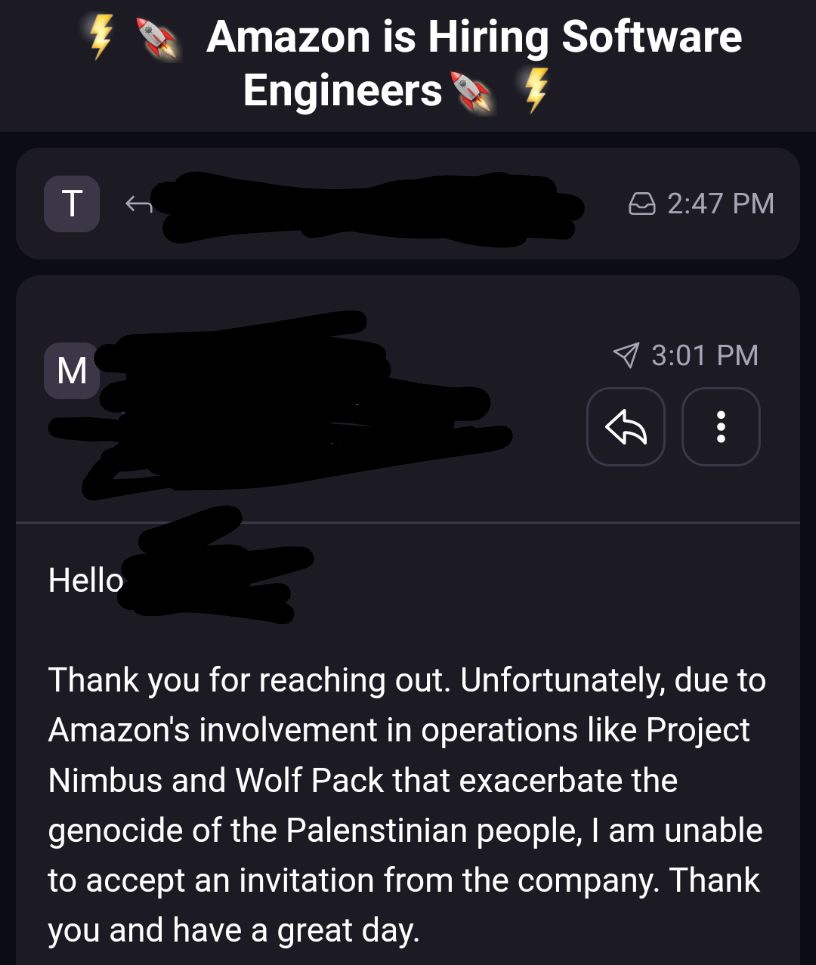Thanks for the write up! It's definitely got my curiosity
RagingHungryPanda
this looks pretty cool. Have you read it? What do you think about it?
you'd probably be better off setting up your own domain server and trying to get that working
That's the point though - it wasn't a good thing
Have times changed? Yes. Do you need to approach women? Yes. Don't hide behind a screen. Get out there and talk with women.
Talking with people is not disrespectful. God, what a sad society is that?
There's a saying that goes something like, "Enlarge your territory, linger in public, walk through open doors." That's a good start. Get out of the house and linger in public places. Strike up conversations and be a social animal. Talk with everyone: men, women, young, old - get that practice in. If you talk with everyone, then you're not putting as much pressure on yourself. Don't get attached to an outcome, but challenge yourself to talk to people.
I think you're making excuses. I strike conversations with strangers all the time, including women. I go dancing for swing, salsa, bachata. You wanna see something that challenges your beliefs on interactions between men and women? Go watch Bachata.
But anyway. Social skills are a skill and they need to be worked. Put yourself out there and get rejected. (You'll learn it's not so bad).
I'll be waiting for them!
Oh this looks like a good one! I like that the setting is in tierra del fuego, I don't think I've seen that show up too much.
That's technically a subdomain and the same reason email went with @
Donated with renewal! Thank you all for the hard work 😁
That's TrueNas. It can run docker compose files so I'm abusing the crap out of what it's supposed to do haha.



How does your skin do in the sun?